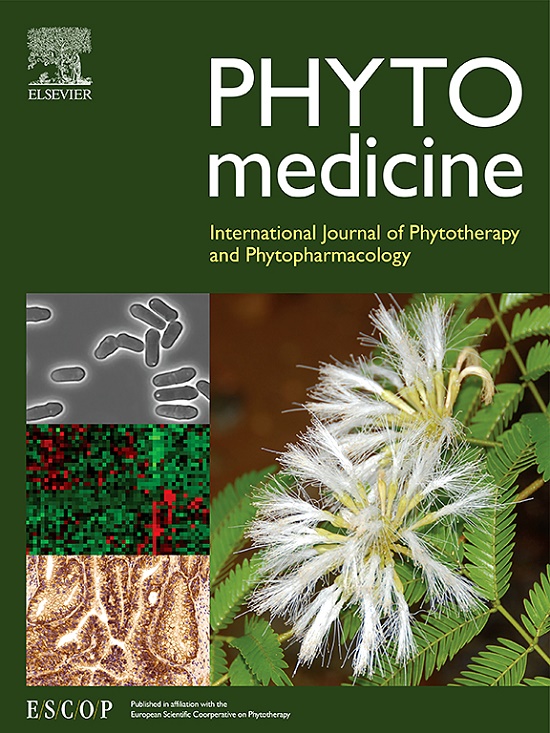Exploring the mechanism of Ling-Gui-Zhu-Gan decoction in metabolic cardiomyopathy via inhibiting ferroptosis.
Abstract
Objective: This study was to investigate the mechanism of Ling-Gui-Zhu-Gan decoction (LGZGD) in regulating lipid metabolism and thus inhibiting ferroptosis.
Methods: UPLC for the determination of the main chemical composition of LGZGD. A HF-induced rat model of metabolic cardiomyopathy was established. Echocardiography was used to detect cardiac function. Serum lipid levels, myocardial injury markers, and lipid peroxidation levels were detected. Pathological changes were detected. Lipid deposition was assessed by oil red O, and the mitochondrial ultrastructure was observed by electron microscopy. Mechanistically, PLIN5, CD36, ATGL, GPX4, ACSL4, FPN1, DRP1, MFF, FIS1, and OPA1 expressions were examined. After PA-induced H9c2 cells established, apoptosis, myocardial injury markers, and lipid peroxidation levels were detected and lipid deposition levels were assessed. The expressions of PLIN5, CD36, ATGL, GPX4, ACSL4 and FPN1 were detected. H9c2 cardiomyocytes with transient knockdown of PLIN5 and overexpression of PLIN5 were constructed and treated with drug administration and modeling, and the apoptosis level was detected by flow cytometry, the levels of lipid peroxidation and ROS were detected by fluorescence, and the protein and gene expressions of ACSL4 and GPX4 were detected. Results The main active components of LGZGD were liquiritin, isoliquiritin, cinnamic acid, cinnamaldehyde, glycyrrhizic acid, and atractylenolide III. LGZGD significantly improved cardiac dysfunction, lowered lipid level and lipid deposition, reduced CK, NT-proBNP and MDA levels, restored SOD levels, and improved inflammatory cell infiltration as well as collagen fiber deposition. LGZGD decreased the expression of PLIN5, CD36, ACSL4, and increased the expression of ATGL, GPX4, and FPN1. LGZGD also decreased the gene expression of DRP1, MFF, FIS1, and increased OPA1 expression. LGZGD significantly ameliorated PA-induced apoptosis, decreased lipid deposition, lowered lipid peroxidation levels and CK level, decreased PLIN5, CD36, and ACSL4 expressions, and increased ATGL, GPX4, and FPN1 expressions. LGZGD reversed cardiomyocyte injury aggravated by transient knockdown of PLIN5, decreased apoptosis levels, lipid peroxidation levels, ROS levels, and ACSL4 expressions, and increased GPX4 expression. LGZGD enhanced cardiomyocyte protection after overexpression of PLIN5, reduced apoptosis levels, lipid peroxidation level and ROS level, decreased ACSL4 expression, and increased GPX4 expression.
Conclusion: PLIN5 interferes with lipid peroxidation, regulates mitochondrial function, and inhibits HF-induced ferroptosis in cardiomyocytes. LGZGD ameliorates impairment of cardiac structural function in model rats through PLIN5-mediated ferroptosis pathway, and has the effect of preventing metabolic cardiomyopathy.

| 公司名称 | 产品信息 | 采购帮参考价格 |
|---|---|---|
| 上海源叶 |
cinnamaldehyde
|
|
| 上海源叶 |
isoliquiritin
|
|
| 上海源叶 |
glycyrrhizic acid
|
|
| 上海源叶 |
atractylenolide III
|
|
| 上海源叶 |
Liquiritin
|
|
| 上海源叶 |
cinnamic acid
|
 求助内容:
求助内容: 应助结果提醒方式:
应助结果提醒方式:


